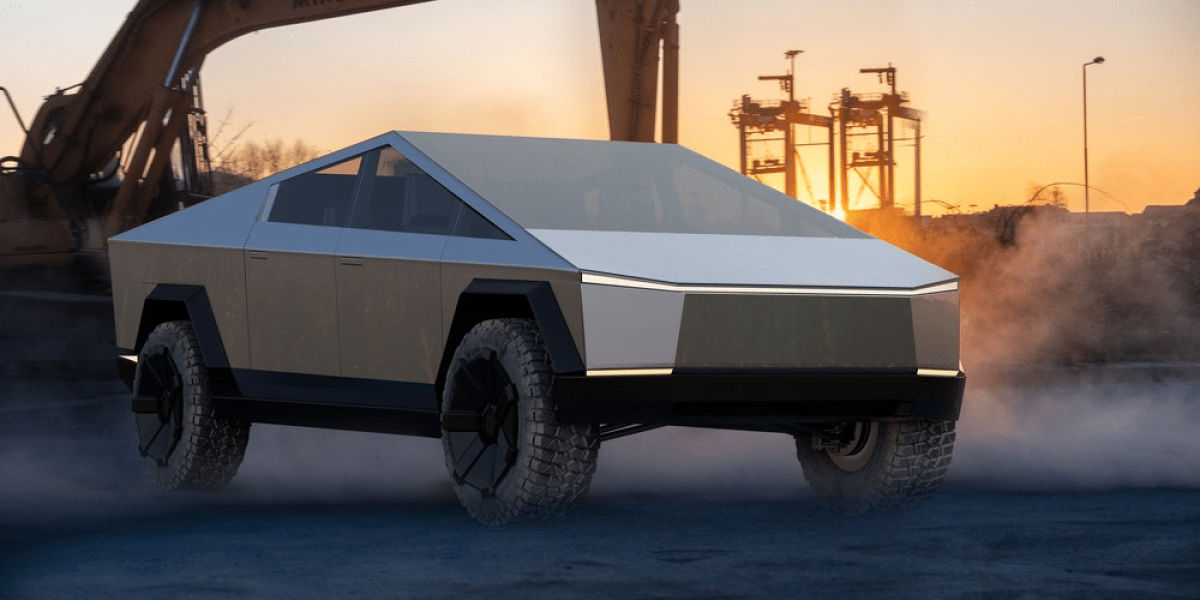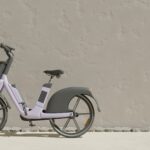In the automotive world’s eagerly awaited chapter, Tesla’s Cybertruck, unveiled by the visionary CEO Elon Musk four years after its initial presentation, has emerged as a pivotal player. While the unveiling event exuded the customary Musk flamboyance, it left enthusiasts hungry for substantial new insights. This article meticulously dissects the intricacies, unraveling the pricing dynamics, performance claims, market positioning, and manufacturing hurdles surrounding the Cybertruck.
The Cybertruck’s Pricetag
Contrary to the initial promise of a sub-$40,000 entry point, the Cybertruck has positioned itself in the market with a starting price of $60,990. The flagship model, christened the “Cyberbeast,” commands a staggering price tag approaching $100,000. This noteworthy cost catapults the Cybertruck into a highly competitive realm, pitting it against formidable contenders in the electric vehicle landscape.
Performance Claims and Practicalities
Elon Musk’s fervent emphasis on the “sports-car like” performance of the Cybertruck took center stage, accompanied by a captivating video showcasing the electric marvel towing a Porsche 911 while engaging in a drag race with another. However, it’s crucial to note that these performance claims are intertwined with the higher-priced Cyberbeast variant. Practical considerations such as front trunk space and personalized options for buyers were conspicuously absent from the presentation.
Market Competition and Sales Projections
Despite accumulating an impressive 2 million reservations, the Cybertruck faces the critical challenge of transforming these reservations into actual sales. Industry pundits, exemplified by Brian Moody from Kelley Blue Book, express reservations about the conversion rate, predicting only 30% to 40% success. Adding complexity, production challenges acknowledged by Musk intertwine with the fierce competition posed by established players like Ford, GM, and Rivian.
The Evolving Electric Pickup Market
Once a beacon of avant-garde design, the Cybertruck now grapples with a fiercely competitive landscape. Electric pickups from stalwart automakers like Ford, Rivian, and GM offer comparable capabilities, and in certain instances, even surpass the Cybertruck’s touted specifications. The market metamorphosis since the Cybertruck’s debut presents a formidable challenge to its once-unrivaled uniqueness.
Manufacturing Complexities
Acknowledging the Cybertruck’s manufacturing complexities, Musk sheds light on the hurdles stemming from its radical design. Constructed from unpainted stainless steel and featuring a unibody design, the Cybertruck poses formidable challenges for traditional auto manufacturing processes. Musk’s recognition of the Herculean task of ramping up production accentuates the intricacies Tesla faces in bringing this groundbreaking vehicle to the masses.
Size Advantage and Potential Drawbacks
In the realm of dimensions, the Cybertruck holds the advantage of compactness, measuring less than 19 feet. However, this unique design choice may come at a cost, potentially sacrificing front storage space. The absence of a long hood, a common feature in other pickups, raises pertinent questions regarding the Cybertruck’s “frunk” or front trunk space. Additionally, the wedge-shaped cargo bed introduces a potential inconvenience, hindering easy access from the sides.
Payload Capacity and Final Thoughts
While the Cybertruck boasts a slightly higher payload capacity than some competitors currently in production, the evolving landscape suggests that other electric pickups, such as the Ram 1500 Rev, are poised to surpass the Cybertruck in this crucial aspect. As Tesla navigates through challenges and contends with relentless competition, the future success of the Cybertruck remains a narrative waiting to unfold.



















